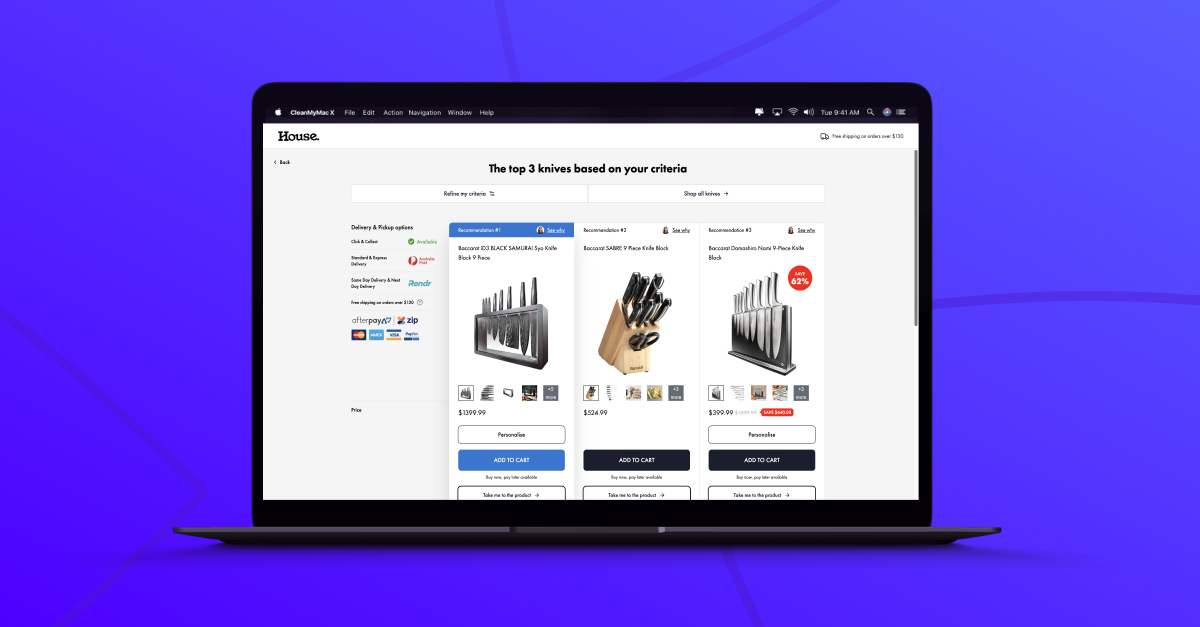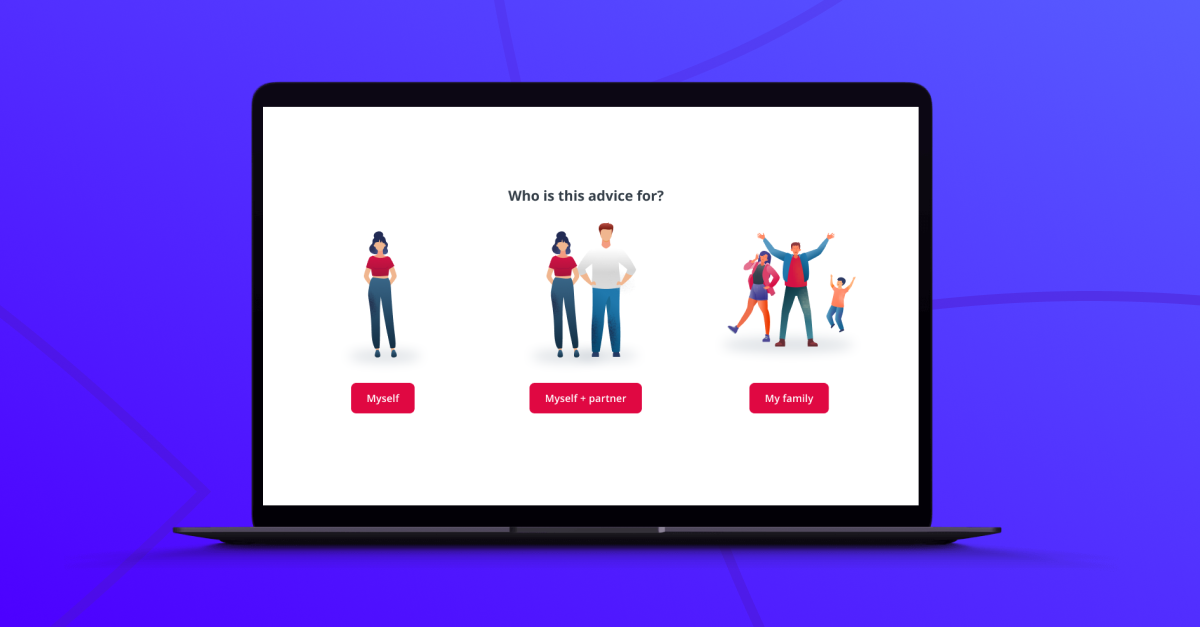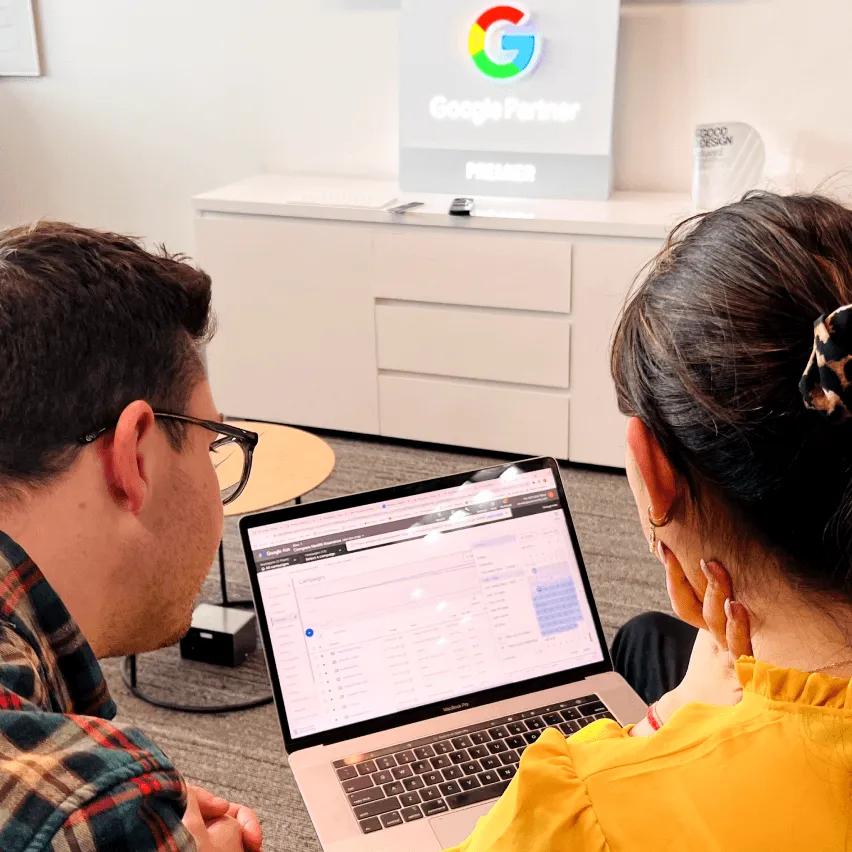Exit-intent Technology
Exit-intent technology is a tool that detects when a user is about to leave your website and triggers a last-minute action to re-engage them. It’s like a digital salesperson making one final pitch to keep a customer from walking out of the store.
How it works:
Exit-intent technology typically:
- Tracks mouse movements and scrolling behavior
- Detects when the cursor moves towards the top of the browser (indicating the user might close the tab or window)
- Triggers a pop-up or overlay with a targeted message or offer
- Aims to capture the user’s attention and encourage them to stay or take a desired action before leaving
Why you should use it:
Exit-intent technology can:
- Reduce bounce rates and cart abandonment
- Increase conversions and lead captures
- Provide a last opportunity to engage users
- Collect valuable feedback from departing visitors
- Improve overall ROI of your website
How to get started:
- Choose an exit-intent tool or platform
- Define your goals for using exit-intent (e.g., lead capture, sales, feedback)
- Design compelling exit-intent offers or messages
- Set up tracking to measure the effectiveness of your exit-intent campaigns
- A/B test different messages, designs, and offers
- Analyze results and refine your approach
How it complements personalization:
At Convincely, we’ve revolutionized exit-intent technology by integrating it seamlessly with our real-time personalization approach. Instead of showing the same generic pop-up to all leaving visitors, we create dynamically personalized exit-intent experiences based on each user’s behavior and preferences.
Our system doesn’t just wait for users to show exit intent. We’re constantly analyzing user behavior to predict when a user might be considering leaving, allowing us to intervene proactively and subtly. This could involve dynamically adjusting the page content, asking a targeted question, or presenting a personalized offer – all before the user even moves their cursor to leave.
For example, if a user has been browsing product pages but hasn’t added anything to their cart, our exit-intent trigger might ask a question about what they’re looking for, or offer a personalized product recommendation based on their browsing history. If they’ve abandoned a cart, we might present a tailored discount or address common objections specific to the items in their cart.
We also use exit-intent interactions as another data point in our ongoing personalization efforts. Each interaction, whether the user engages with our exit-intent prompt or not, helps us refine our understanding of the user and improve future interactions.
Examples: You can see innovative uses of exit-intent technology in our funnel database. Look for entries that showcase clever re-engagement strategies for users about to leave a site.
Remember, effective exit-intent technology isn’t about desperately trying to keep every visitor on your site. It’s about understanding why users might be leaving and addressing those concerns in a helpful, personalized way. By combining exit-intent technology with real-time personalization, you can create more engaging, user-friendly experiences that not only reduce bounce rates but also drive meaningful conversions.




